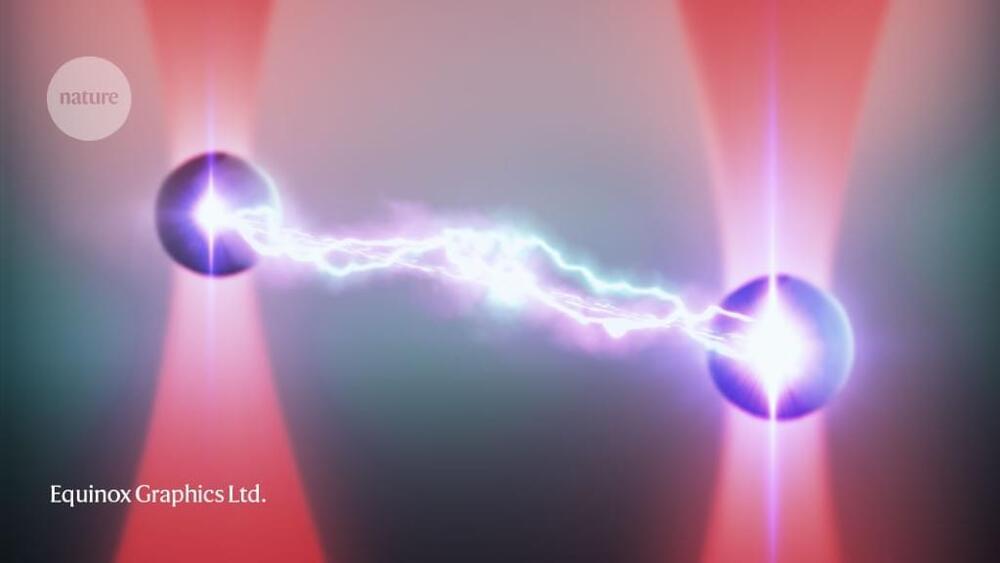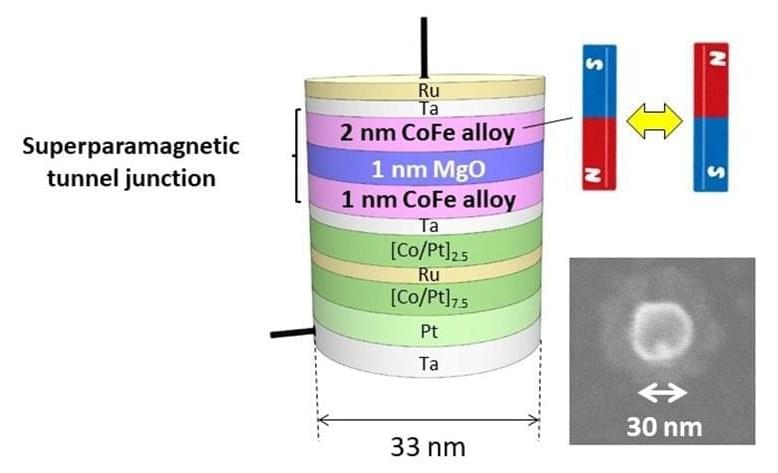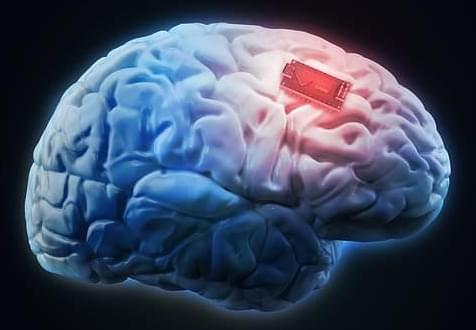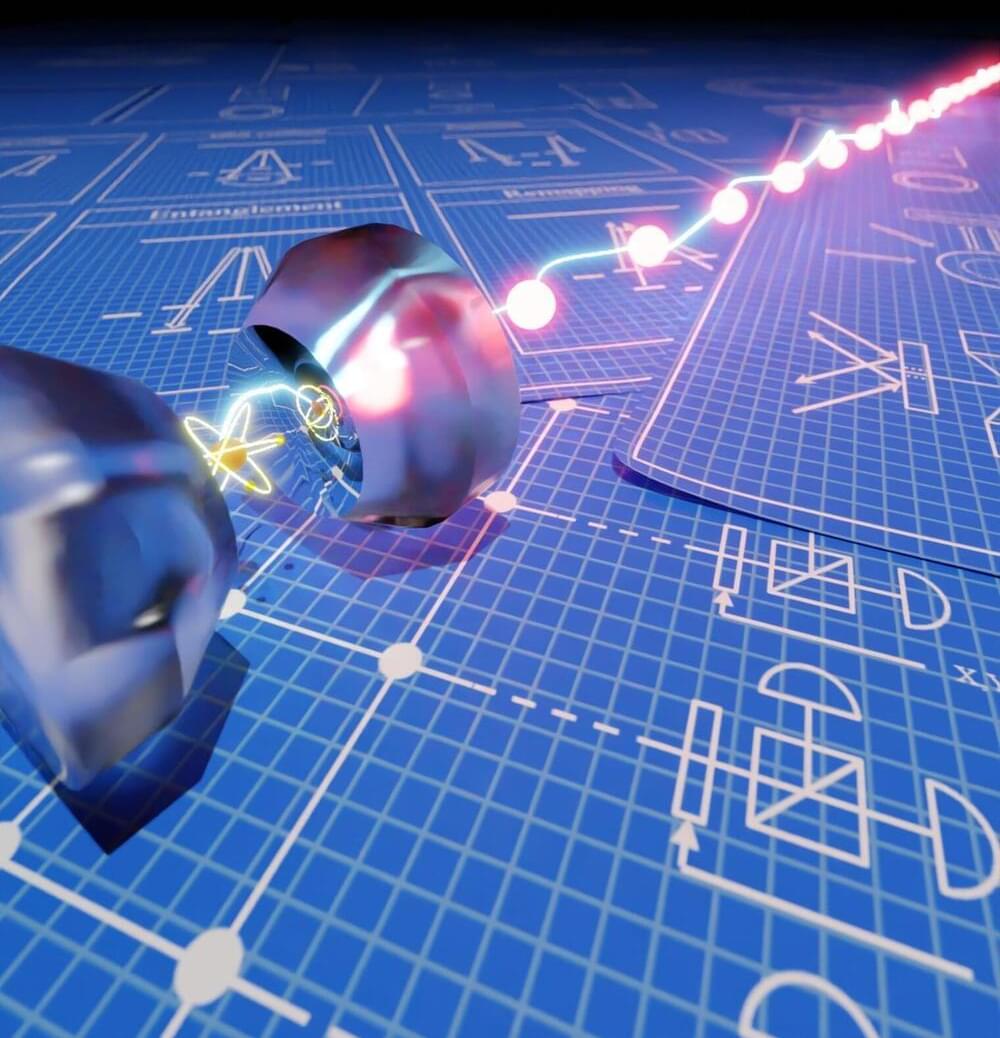Aug 27, 2022
Meta’s next VR headset is coming in October
Posted by Tristan Hambling in categories: computing, virtual reality
Mark Zuckerger has confirmed on The Joe Rogan Experience podcast that Meta will be releasing its next virtual reality headset in October. While he didn’t mention a product name, he described a device that’s consistent with previous reports about the headset that’s codenamed “Project Cambria.” He said the company will likely launch it around its annual Connect event, which took place in late October last year.
According to a previous report by The Information, Reality Labs employees described the new headset as “laptop for the face” or “Chromebook for the face.” It will reportedly have outward-facing cameras enabling mixed-reality experiences. Also, the publication said back then that it will have the capability to allow users’ avatars in the metaverse to mirror their expressions and to show where they’re looking in real life.
As The Verge notes, Zuckerberg has also confirmed those features during his guesting. He said the headset’s features allow some kind of eye contact in virtual reality and that it will be able to translate users’ expressions in real time to their avatars, whether they’re smiling, frowning or pouting.

















